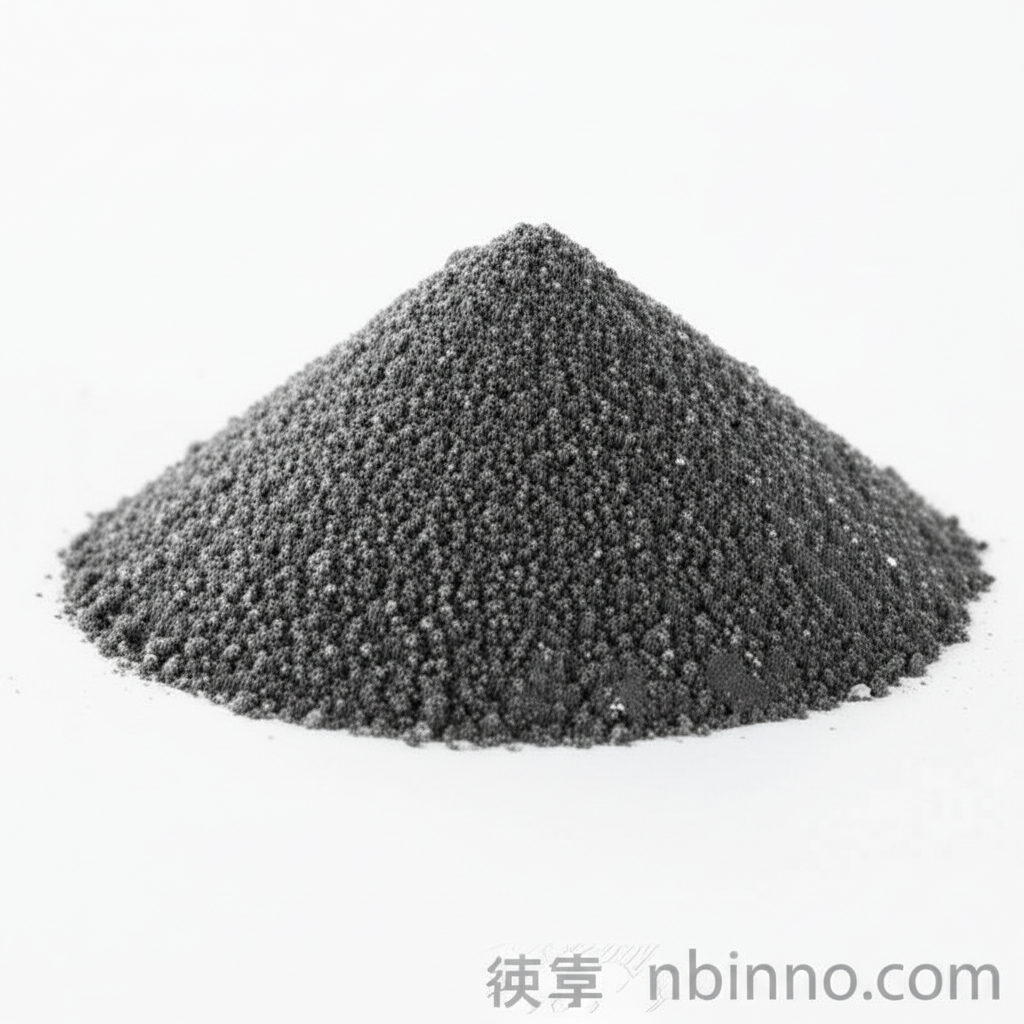Methyl Anisate: Your Key Organic Synthesis Intermediate
Discover the versatile properties and applications of Methyl Anisate (CAS 121-98-2) in pharmaceuticals and fine chemicals.
Get a Quote & SampleProduct Core Value

Methyl Anisate
Methyl anisate is a valuable organic compound recognized for its role as a pharmaceutical intermediate and its utility in various organic synthesis processes. Its distinct chemical structure and properties make it a sought-after material in specialized chemical applications.
- Explore the diverse methyl p-anisate uses in complex organic synthesis pathways, enabling the creation of advanced chemical compounds.
- Understand the methyl 4-methoxybenzoate applications, particularly as a foundational element in pharmaceutical development.
- Learn about CAS 121-98-2 synthesis methods and its significance in producing high-purity chemical products.
- Discover the methyl anisate chemical properties, including its specific melting and boiling points, crucial for reaction control.
Key Advantages of Methyl Anisate
Versatile Chemical Reactivity
Leverage the reactivity of methyl anisate for a wide array of organic synthesis projects, facilitating efficient molecular construction.
Pharmaceutical Grade Quality
Ensure purity and consistency with our methyl anisate, a vital component for pharmaceutical intermediates and the development of new drugs.
Pleasant Aroma Profile
Utilize its flowery odor in fragrance formulations, adding a desirable scent to perfumes and other scented products.
Key Applications
Pharmaceutical Intermediates
As a key component in pharmaceutical intermediates, methyl anisate supports the synthesis of active pharmaceutical ingredients (APIs).
Organic Synthesis
Its role in organic synthesis makes it invaluable for creating complex molecules and novel chemical structures.
Fragrance Industry
The characteristic pleasant odor of methyl anisate finds application in the formulation of fine fragrances and consumer products.
Research and Development
Used in R&D for exploring new chemical reactions and developing innovative materials.
